Frequency of surveillance for central-line-associated bloodstream infections

Sampling over 2 fixed days per week provides a valid alternative to daily collection of CLABSI denominator data” Kourkouni et al (2018). Abstract: BACKGROUND: Active daily surveillance of central-line days (CLDs) in the assessment of rates of central-line-associated bloodstream infections (CLABSIs) is time-consuming and burdensome for healthcare workers. Sampling of denominator data is a method […]
Repair of damaged central venous catheters is safe and doubles catheter survival
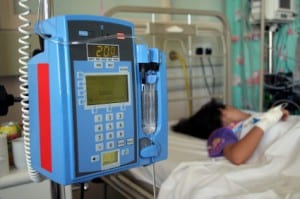
The aim of this study was to evaluate the effectiveness and safety of catheter repair in our cohort of intestinal failure patients” Wouters et al (2018). Abstract: BACKGROUND & AIMS: Repeated central venous catheter loss due to complications, including material breakage, compromises the options to obtain adequate vascular access in home parenteral nutrition (HPN) patients. […]
Patient self-management of PICC assisted with WeChat smartphone application

It appears that WeChat follow-up can help improve the incidence of complications, self-care ability, PICC maintenance dependence, and patient satisfaction. However, the WeChat application itself cannot improve patients’ self-management ability. Abstract: WeChat is a smartphone application that may help patients self-manage peripherally inserted central catheters (PICC), although additional data are needed regarding this topic. This […]
Needlestick injuries are the main cause of biological injuries to health care workers
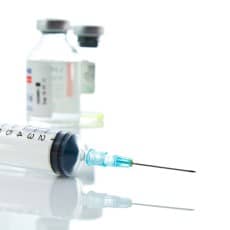
Three hundred and thirty-five injuries were reported from 2010 to 2016, occurring mainly in the morning (54%) and frequently caused by needlestick (70%)” Cofini et al (2018). Abstract: BACKGROUND: Biological injuries are the most common and serious among health care workers. OBJECTIVES: This study aims to estimate the injuries’ incidence, job distribution and temporal trend […]
Preventing central venous catheter protein adsorption with water infused surface protection

We present further analysis of the previously proposed water infused surface protection (WISP) technology, an active method to reduce protein adsorption and effectively disrupt adsorbed protein sheaths on the inner surface of CVCs” Sutherland et al (2018). Abstract: Central venous catheters (CVCs) are implanted in the majority of dialysis patients despite increased patient risk due […]
How does hypovolemia change the size of the jugular vein in adult patients

The present study is aimed at establishing the values of internal jugular vein (IJV) anterior-posterior and medial-lateral sizes in patients with hypovolemia” Urakov et al (2018). Abstract: The present study is aimed at establishing the values of internal jugular vein (IJV) anterior-posterior and medial-lateral sizes in patients with hypovolemia. A total of 25 adult Intensive […]
Pasteurella multocida central venous catheter infection

Pasteurella Multocida bacteremia in the presence of a long-term central venous catheter is potentially curable using 2 weeks of intravenous antibiotics and line retention” Martin et al (2018). Abstract: BACKGROUND: There are as many as 300,000 visits to the emergency department in the USA with animal bites every year. The most common infection after cat […]
Infusion or intermittent bolus administration of IV furosemide in dogs and cats

The aim of this study was to determine whether the addition of constant rate infusion (CRI) to intermittent intravenous bolus (IVB) administration of furosemide resulted in an improvement in medical outcomes in dogs and cats with acute left-sided congestive heart failure (L-CHF)” Ohad et al (2018). Abstract: The aim of this study was to determine […]
Insulin pumps and continuous glucose monitoring systems
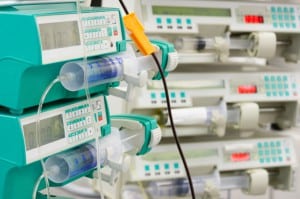
Summarize safety issues related to patients using insulin pump therapy and continuous glucose monitoring systems (CGMS) in the outpatient setting” Thompson et al (2018). Abstract: PURPOSE OF REVIEW: Summarize safety issues related to patients using insulin pump therapy and continuous glucose monitoring systems (CGMS) in the outpatient setting when they are hospitalized and to review […]
Optimal infusion rate for a range of IV antibiotic therapy
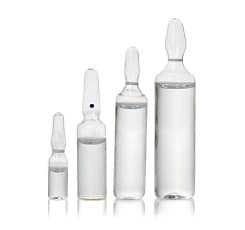
Sporadic studies in antimicrobial therapy have evaluated the effects of infusion rates on therapeutic and economic outcomes, and new findings may challenge the regular infusion regimen” Zhu and Zhou (2018). Abstract: BACKGROUND: Sporadic studies in antimicrobial therapy have evaluated the effects of infusion rates on therapeutic and economic outcomes, and new findings may challenge the […]
Outcomes associated with use of peripherally inserted central catheters in cancer patients

The focus of this prospective observational research is to study the various indications of a peripherally inserted central catheter (PICC) in different solid and hematological malignancies and the various complications and outcomes in the pediatric and adult cancer patients” Madabhavi et al (2018). Abstract: Effective and reliable venous access is one of the cornerstones of […]
Hemodialysis catheters in patients with bilateral internal jugular vein occlusion
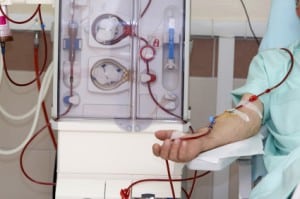
This a prospective cross-sectional follow-up study of the alternative approaches for placement of cuffed hemodialysis catheters in end-stage renal disease patients with bilateral internal jugular vein occlusion from the interventional nephrology point of view” Gouda et al (2018). Abstract: INTRODUCTION: Internal jugular vein occlusion often makes necessary the use of less desirable routes as external […]
Cyanoacrylate catheter securement has an additional hemostatic effect

The purpose of this study is to use novel in vitro and in vivo testing methods to analyze the hemostatic effect of a catheter securement cyanoacrylate (cyanoacrylate)” Zhang et al (2018). Abstract: Purpose: The use of cyanoacrylate for intravenous catheter securement is of interest to clinicians and patients, because of the superior adhesive strength and […]
What is the usability of intraosseous blood samples in emergency care patients

The aim of this study was to systematically review the existing literature on the usability of IO blood samples for analysing the parameters relevant to emergency care. We performed a data search from the Medline and Embase databases, the Cochrane Library and the Clinical trials registry” Jousi et al (2018). Abstract: Intraosseous (IO) access is […]
Mid-thigh femoral central venous catheter placement case studies

An alternative location was selected for the insertion of a femoral vein central venous catheter in the midthigh to reduce the risk of infection” Ostroff and Moureau (2018). Abstract: Background: Bedside vascular access options have been limited to the short peripheral intravenous, midline catheter, peripherally inserted central catheter, and central venous catheter (CVC) insertion sites […]
Ultrasound transducer disinfection guideline from the Association for Vascular Access
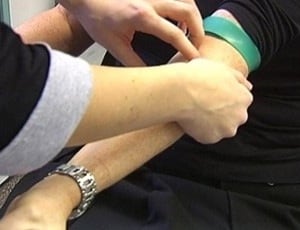
Use of ultrasound for vascular access, particularly peripheral access, presents distinct challenges to existing recommendations. Healthcare professionals responsible for vascular access also have a responsibility to ensure patient safety during those procedures, therefore, they also must address inconsistent practice with respect to cleaning and disinfection practices involving USGVA” Thompson and Garrett (2018). Introduction/Summary: Use of […]
Peripheral IV education reduces potential complications and improves patient outcomes

The study highlights the varying level of peripheral intravenous education and competency evaluation of staff working in health care institutions. The results suggest the need for an evidence-based, standardized peripheral intravenous curriculum that could be used in both health care institutions and nursing education programs” Hunter et al (2018). Abstract: Background: Greater than 90% of […]
Vascular access initiatives require robust research and careful data analysis
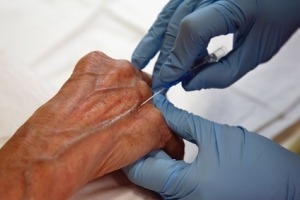
Vascular access initiatives require robust research and careful analysis of the subsequent statistical reports. Data drives the decisions we make and the course adjustments necessary to arrive at evidence-based practice” Owens (2018). Extract: That’s a question you will continue to hear with increasing frequency as vascular access demands recognition in the realm of specialty practices. […]
Complication rates of ultrasound guided versus traditional peripheral intravenous catheters

This study analyzed 300 ultrasound-guided peripheral intravenous lines and 552 traditionally placed intravenous lines using patient records to determine the reason and timing for intravenous line removal” Desai et al (2018). Abstract: Background: Ultrasound-guided peripheral intravenous lines are frequently used in patients with difficult access. We have previously reported on the longevity and complication rates […]
Oral hydration after cisplatin infusion as an alternative to intravenous hydration

Even though there is no standard regimen, patients receive mostly intravenous hydration before and after cisplatin leading hospitalization during at least one night. Since the feasibility has been published, oral hydration after cisplatin was implemented in our practice” Puisset et al (2018). Abstract: PURPOSE: Hydration is needed before and after cisplatin infusion for reducing the […]
Article describes the early history of home parenteral nutrition

Technologic advances in the past century have led to the ability to safely deliver parenteral nutrition (PN) to hospitalized patients. Key breakthroughs included the development of saline and glucose infusions, infusion pumps, macronutrients (lipids, dextrose, and amino acids), and central venous catheters” Hurt and Steiger (2018). Abstract: Technologic advances in the past century have led […]
Rates of central line-associated blood stream infection and venous thromboembolism

The purpose of our study is to compare the rate of central line-associated blood stream infections and venous thromboembolism in central venous catheters versus peripherally inserted central catheters in hospitalized children” Noonan et al (2018). Abstract: OBJECTIVES: The purpose of our study is to compare the rate of central line-associated blood stream infections and venous […]
Knowledge of central line catheter care provided to oncology patients

The aim of the present study was to assess the oncology nurses’ knowledge about central line catheters and their care, complications, and applications” Abu Sharour (2018). Abstract: The aim of the present study was to assess the oncology nurses’ knowledge about central line catheters and their care, complications, and applications. A descriptive cross-sectional design was […]
Analysis of occupational sharp injuries among healthcare workers
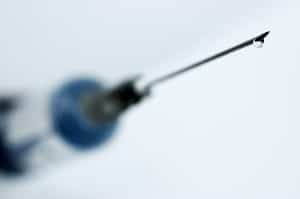
An analysis of work-related sharp injuries in Healthcare Workers (HCWs) based at a selected hospital in Central Poland by presenting the frequency of accidents, injury rates, and identifying circumstances of Needle Sticks and Sharp Injuries (NSSI) and giving Post-Exposure Procedures (PEP)” Garus-Pakowska et al (2018). Abstract: Background: An analysis of work-related sharp injuries in Healthcare […]
Ultrasound and saline flush technique for confirmation of central catheter tip
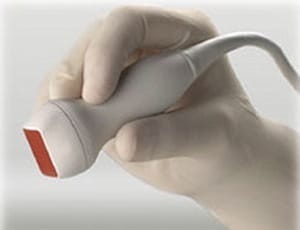
Our study investigated the reliability of appearance of rapid atrial swirl flow (RASF) by ultrasonography (US) in the right atrium (RA), which occurred as a result of rapid isotonic saline infusion (RISI) into the central venous catheter (CVC), in predicting catheter tip position” Yesilbas et al (2018). Abstract: Our study investigated the reliability of appearance […]
Diameter and depth of internal jugular and subclavian veins based on hand dominancy
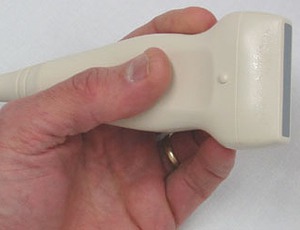
The central veins’ catheterization, required in critically ill patients, is more successful in larger veins. Some researchers hypothesized that hand preference might be associated with larger ipsi/contra central veins” Salari et al (2018). Abstract: BACKGROUND: The central veins’ catheterization, required in critically ill patients, is more successful in larger veins. Some researchers hypothesized that hand […]
Sedation protocol for short painful procedures in newborns

The aim of this study is to evaluate the use and safety of a sedation protocol with sevoflurane for short painful procedures in newborns” Gomez et al (2018). Abstract: OBJECTIVE: The aim of this study is to evaluate the use and safety of a sedation protocol with sevoflurane for short painful procedures in newborns. STUDY […]
Upper extremity DVT clinical features and etiologies
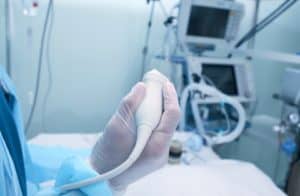
An endovenous device was involved in 92.5 % of cases of ULVT. The prevalence of symptomatic PE was low. Hematological malignancies, sepsis and neoplasia were the most common conditions present in patients with ULVT” Drouin et al (2018). Abstract: AIM: To describe the clinical features and etiologies of upper limb venous thrombosis (ULVT). METHODS: All […]
Safety of totally implanted port insertion performed by surgical residents

The aim of this study was to compare the outcomes after totally implantable venous access ports implantations done by resident and attending surgeons” Schreckenbach et al (2018). Abstract: OBJECTIVE: The implantation of totally implantable venous access ports (TIVAPs) is one of the first procedures surgical residents learn. Complications after implantation procedures have a major impact […]
Intravenous administration set change recommendations for parenteral nutrition
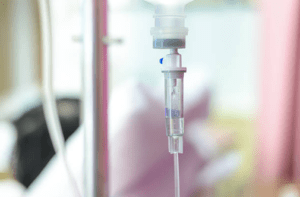
Recommendations prescribe daily intravenous administration set (IVAS) replacement for parenteral nutrition (PN) comprising intravenous fat emulsions (IVFE) due to risk of micro-organism growth and resultant central-line associated bloodstream infections (CLABSIs), but system disconnection for this practice may allow contamination and CLABSIs” Gavin et al (2018). Abstract: BACKGROUND: Recommendations prescribe daily intravenous administration set (IVAS) replacement […]

